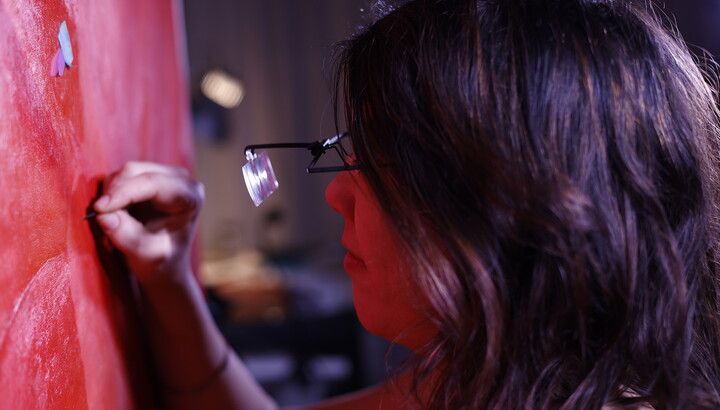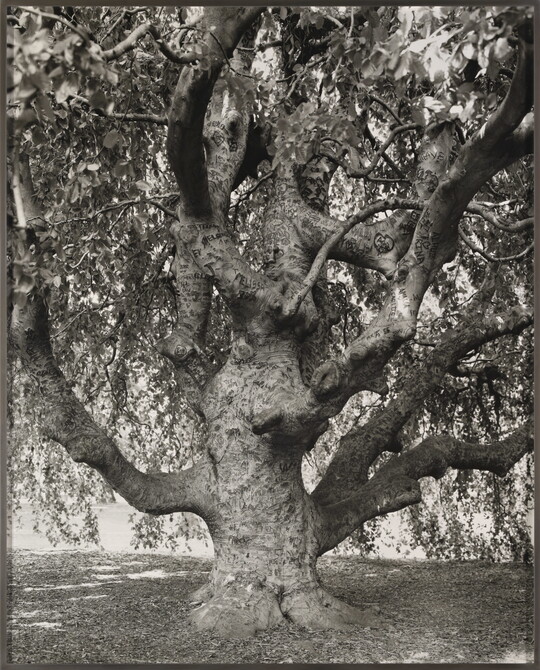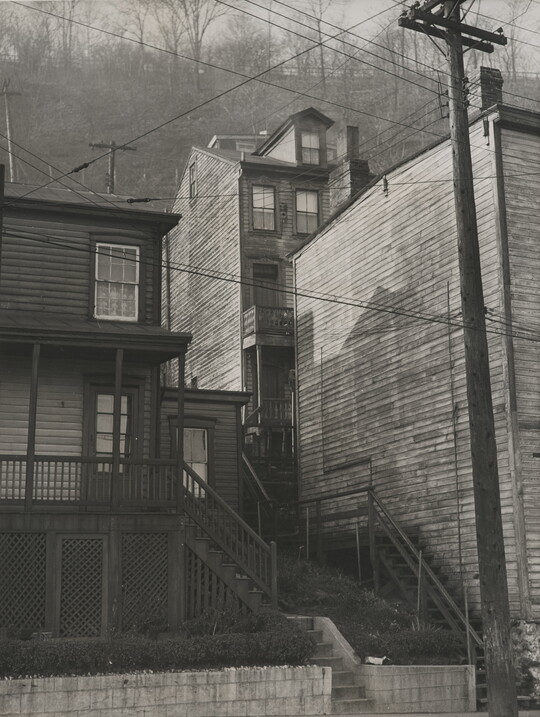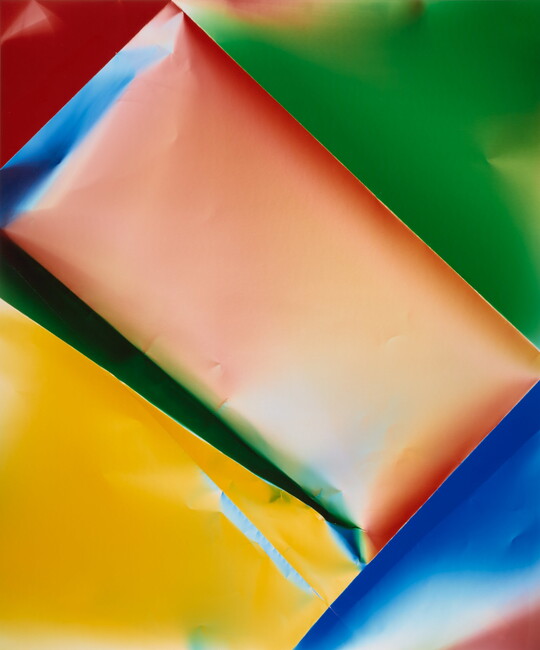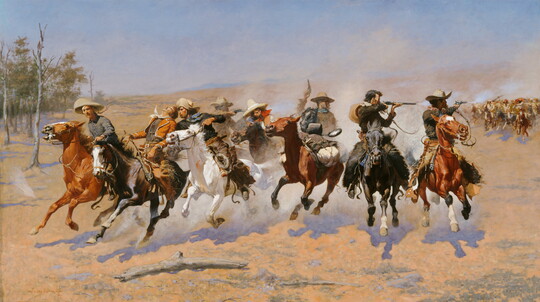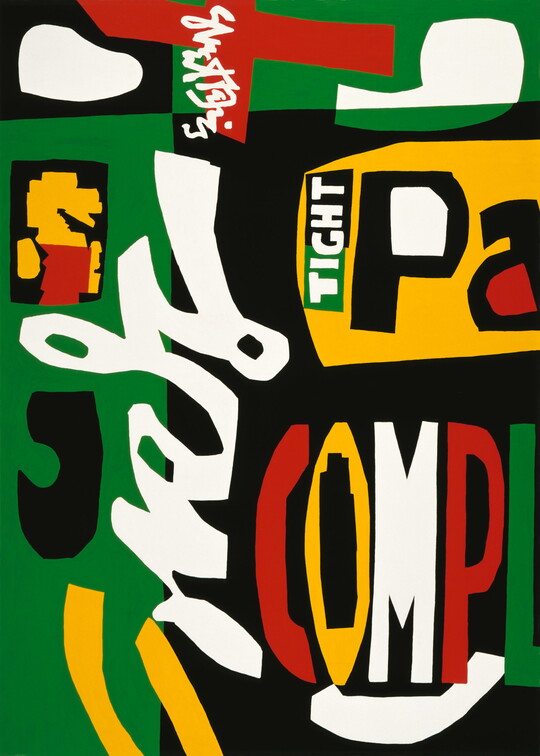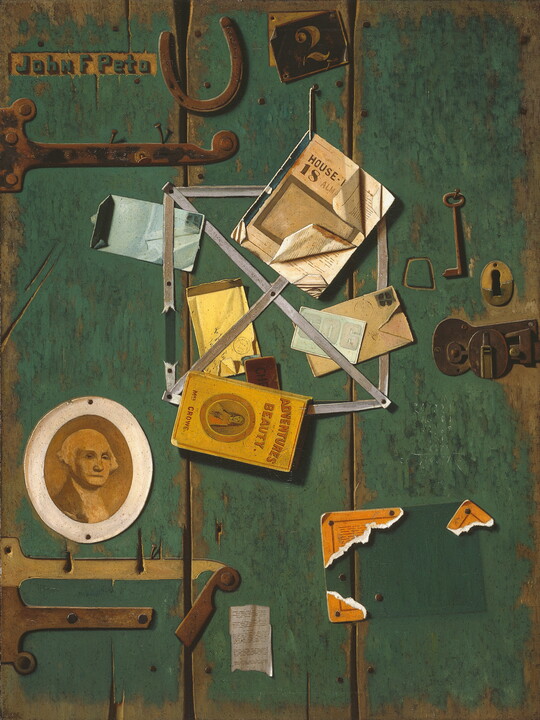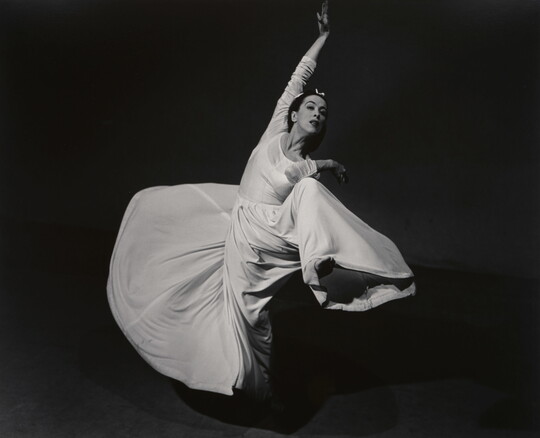

Artwork Image
Photo:
Controls
Red Cannas
Object Details
-
Date
1927
-
Object Type
Paintings
-
Medium
Oil on canvas
-
Dimensions
36 1/8 x 30 1/8 in.
-
Inscriptions
Verso:
u.c. on canvas in white paint: Georgia O'Keeffe \ 1927
u.r. on stretcher in ink: Georgia O'Keeffe-1927-Red Cannas
-
Credit Line
Amon Carter Museum of American Art, Fort Worth, Texas
-
Accession Number
1986.11
-
Copyright
Public domain
Object Description
O’Keeffe began painting flowers in the mid-1920s as a continuation of her experiments with compositions that bordered on abstraction. Unveiled at the New York gallery run by her husband, the photographer and art dealer Alfred Stieglitz, these works were an immediate sensation.
In pictures such as Red Cannas, O’Keeffe devised a modernist style of close-up, tightly cropped, and vibrantly colored imagery that presented viewers with a radical new way of imagining and perceiving the natural world. Critics soon attempted to explain the significance of her floral imagery, including Stieglitz, who offered explicitly erotic interpretations that O’Keeffe opposed. She maintained that her paintings were best understood as expressions of her unwavering commitment to creative independence. “Before I put a brush to canvas,” she explained, “I question, ‘Is this mine? Is it all intrinsically of myself? Is it influenced by some idea or some photograph of an idea which I have acquired from some man?’”
—Text taken from the Carter Handbook (2023)
-
American Still LifeFebruary 14–August 16, 2015
Organized in celebration of a recent acquisition, American Still Life highlights the ability of 19th and 20th-century American artists to celebrate the ordinary through their paintings, whether trompe l’oeil masters or modernist photographers.
-
From Remington to O’Keeffe: The Carter’s Greatest HitsOctober 6, 2018–March 22, 2019
During the renovation, this exhibition features highlights from the permanent collection, including paintings, photographs, and sculptures, by some of America’s most renowned artists.
Additional details
Location: On view
See more by Georgia O'Keeffe
Tags
-
Oriented vertically in a thin, silver frame, 36 1/8 inches tall by 30 1/8 inches, this wide painting features a bright red, oversized canna against a mostly soft pink background. Starting in the center of the canvas, there is a downward folded, narrow petal, stretching diagonally from high left to lower right, roughly 9 inches long. Peeking from under this curled petal to the left, a short dash of yellow barely shows, which we assume to be the flower’s pistil. This dash seems to be one of the last details the artist added because the red under the thinly applied yellow paint stroke is visible.
The smaller, red petal in the center of the canvas hides the starting points of four bright and dark red, wide petals that extend out to the sides of the canvas. The petal extending to the top right corner is almond-shaped; the center of the petal is a darker red than the smooth, softer red of the outer edges. Just below that petal a smaller, lighter red petal, shaped like a backward “c,” floats there, not coming from the center of the canvas but entering from the right side and spanning roughly 19 inches down the side of the canvas, as if it were part of another nearby canna. Touching the bottom of that curled petal is a skinny, narrow petal that is part of the central flower. It reaches from the center of the painting down to the bottom of the canvas, and the tip extends beyond the surface of the canvas. The petal is highlighted with white which makes it appear to push out toward the viewer. The left side of this petal appears to be barely covering the largest petal of them all. The roundest and biggest petal takes up almost the entire left quarter of the painting. From the start of the center in the panel to the corner it extends to is approximately 20 inches long. A lighter red color highlights the area closest to the pistil. The bottom, smooth edge of the petal is the darkest red of the whole petal. Above and tucked under this largest petal is a similarly shaped one, but smaller. The top left edges of this petal are a lighter red and a shadow running down the center of the petal suggests that there might be a crease in it.
There are parts of another grouping of petals in the top left corner that peer out from the top left petal of the main flower. The edges of these petals are wavy, and the center petal is folded over toward the right side of the canvas. These three pieces are all the darkest reds in the whole painting. It’s not obvious if these are part of this flower or another one.
While the flower takes up about 85 percent of the canvas, there are gaps between petals that show a white and soft pink background. The top left and bottom right corners have the most background showing, with white at the outermost corners. Small areas along the perimeter of the canvas show little spots of white and pink triangles in between the red petals. In the middle right of the canvas, gaps between petals show more background that is the darkest pink of all the exposed areas.
The artist does not sign her name on the canvas.
Georgia O’Keeffe spent many years painting New Mexico’s landmarks, fruit still lifes, and magnified flowers. All of the objects she depicted held a very personal sensory experience for her and signified important associations with people and places. Red Cannas is one example of O’Keeffe’s boldly colored flowers celebrating some of the natural patterns found when visiting Lake George, New York, with her husband.
-
How do artists use scale and proportion to create a unique composition?
In what ways do color, line, and shape affect the mood of a work of art?
How might a work of art, based on a natural object, compare to a scientific drawing of the same object?
-
All Levels
Give students viewfinders, objects, pencils, and paper. They will use their viewfinders to focus on one part of an object. They will then sketch a close-up of that section on their paper so that they can practice looking at very small details.
Take students outside to photograph nature using tablets or smartphones. Students should bring the lens very close to the object and look carefully to set up their composition before snapping a photograph.
Share Educator Resources
Amon Carter Disclaimer
This information is published from the Carter's collection database. Updates and additions based on research and imaging activities are ongoing. The images, titles, and inscriptions are products of their time and are presented here as documentation, not as a reflection of the Carter’s values. If you have corrections or additional information about this object please email us to help us improve our records.
Every effort has been made to accurately determine the rights status of works and their images. Please email us if you have further information on the rights status of a work contrary or in addition to the information in our records.
Related Works
-
Parson Weems' Fable, 1939
Grant Wood
Oil on canvas
1970.43
-
Weeping Beech, Brooklyn Botanic Garden, Brooklyn, 2011
Mitch Epstein
Gelatin silver print
P2012.13
-
Untitled (Pittsburgh Housing), 1930s
Manuel de Aumente
Gelatin silver print
P2009.11
-
Zerogram, 2017
Ellen Carey
Dye coupler print
P2018.40
-
A Dash for the Timber, 1889
Frederic Remington
Oil on canvas
1961.381
-
Blips and Ifs, 1963-1964
Stuart Davis
Oil on canvas
1967.195
-
A Closet Door, 1904-1906
John Frederick Peto
Oil on canvas
1983.158
-
Martha Graham - Letter to the World (Swirl), 1940
Barbara Morgan
Gelatin silver print
P1974.21.17
-
Drawing No. 18, 1919
Georgia O'Keeffe
Charcoal on paper
1997.2

